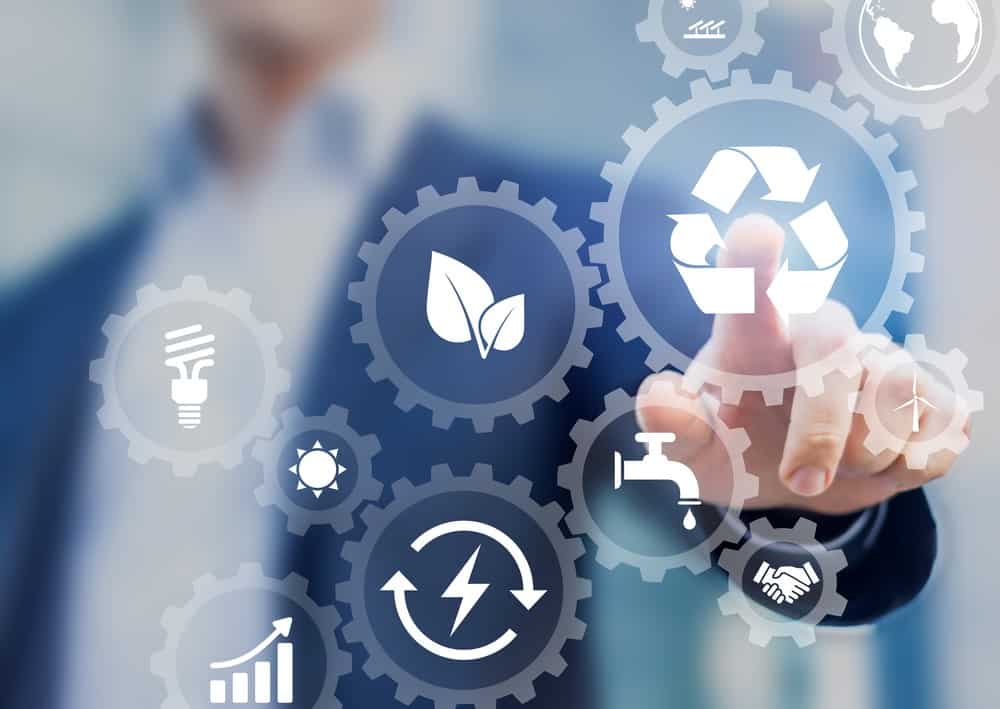As demand grows for an ever-dwindling amount of resources, questions of sustainability arise in every industry. Business owners and their customers alike search for sustainable materials and methods that won’t cause so much damage to the environment around us. Galvanized steel has a long history of sustainability. Unlike many other metal treatment options today, the alloys used for creating this type of corrosion-resistant stock are easily reclaimed and reused. Find out everything about the sustainability of galvanized steel products.
Environmental Advantages
Environmental friendliness has been a feature of hot-dip galvanization long before it was a trend. Since the raw materials of zinc and steel used for the process are natural products, production still creates less waste and damage than other forms of synthetic manufacturing. Zinc in particular is abundant, coming in at 24th out of all elements on Earth. There’s no need to be concerned about dwindling resources when it comes to hot-dip galvanized steel. Unlike rare earth minerals used for corrosion treatment on other products, galvanized steel relies only on readily available elements. The widespread availability also eliminates the need for extensive shipping routes that increase the carbon footprint of production either. Producers can choose from local suppliers mining iron oxides and zinc nearby rather than having to ship in materials from just one to two sources for the entire world.
Renewable Resources
Despite being widely available, steel and zinc both benefit the environment by also offering infinite recyclability. There’s no change to the physical or chemical properties of the base steel or the zinc hot-dip coating when properly reclaimed. This means that every hot-dipped part and product can re-enter the manufacturing cycle at the same level rather than having to go through successive downcycling steps. Other metals are advertised as recyclable, but they only offer a fraction of the strength or heat resistance as the original material. Hot-dip galvanized steel retains the same integrity and function after recycling, making it far more valuable and truly renewable. Most corrosion-resistant coatings and treatments are only partially recoverable at best. Zinc is completely recyclable, reducing the need to mine or extract raw resources to sustain the industry. Knowing where a product can go at the end of its life is essential to planning a sustainable business or building.
Life-Cycle Assessment
Life-cycle assessments (LCA) help business owners understand the full objective environmental impact of a product. The life cycle begins with sourcing and extraction of raw materials for manufacturing the product and stretches to include the recycling or disposal of it at the end. Basic examinations of a product’s environmental impact may only focus on its impact during production, use, or disposal alone. Don’t forget to include the cost and impact of shipping between manufacturing facilities and final destinations for all products as well. In all cases, galvanized steel offers a better life-cycle assessment than most other metal products. The use of abundant and widespread materials reduces environmental impacts during manufacturing of both the raw materials and finished products. Longevity and corrosion resistance ensures that the product lasts as long as possible before replacing, reducing both waste and unnecessary manufacturing. Finally, galvanized steel is completely recyclable to close out the end of its life cycle.
What We Learned
Galvanized steel is one of the most sustainable materials available today. It’s widely used in construction, manufacturing, renewable energy equipment, and any other setting where weather and corrosion resistance is essential. With advanced recyclability, galvanized steel fits in well with any project with strong sustainability goals.

